Computation Structures (ISBN:0262231395)�
Front Matter�
cover�
Copyright�
Contents�
Preface�
1 The Digital Abstraction�
1.1 Information and the Digital Abstraction�
1.2 Representation of Discrete Variables�
1.3 Combinational Devices�
1.4 The Static Discipline: Logic Levels�
1.5 Rate of Information Flow�
1.6 Transitions and Validity�
1.7 Logic Families�
1.8 DigitalCircuit Implementation�
1.9 Summary�
1.10 Context�
1.11 Problems�
2 Binary Representations and Notation�
2.1 Representation of Numbers�
2.2 FloatingPoint Representations�
2.3 Other Representations�
2.4 HeXadecimal Notation�
2.5 *Unrepresentable Values�
2.6 Error Detection and Correction�
2.7 Context�
2.8 Problems�
3 Combinational Devices and Circuits�
3.1 Boolean Functions and Truth Tables�
3.2 Elementary Gate Circuits�
3.3 Synthesis of Logic Circuits�
3.4 Temporal Considerations in Combinational Circuits�
3.5 Context�
3.6 Problems�
4 Sequences and State�
4.1 Feedback and State�
4.2 Latches, FlipFlops, and Registers�
4.3 Edge-Triggered Flip-Flops and Registers�
4.4 Register Timing�
4.5 Models of Sequential Circuits�
4.6 Synchronization and State�
4.7 Context�
4.8 Problems�
5 Synthesis of Digital Systems�
5.1 Building Blocks for Logic Design�
5.2 Regular Structures�
5.3 Design Example: A Combinational Multiplier�
5.4 Context�
5.5 Problems�
6 FiniteState Machines�
6.1 Synthesis of FiniteState Machines�
6.2 Synchronous FSM Circuit Models�
6.3 States and Bits�
6.4 *Equivalence of FSMs�
6.5 *Regular Expressions and Nondeterministic FSMs�
6.6 Context�
6.7 Problems�
7 Control Structures and Disciplines�
7.1 Timing Disciplines�
7.2 Degrees of Synchrony�
7.3 Constraints on Control Structure�
7.4 Synchronous GloballyTimed Control�
7.5 Synchronous Locally Timed Control�
7.6 Asynchronous Locally Timed Control�
7.7 Context�
7.8 Problems�
8 Performance Measures and Trade-offs�
8.1 Pipelining�
8.2 Systematic Pipeline Construction�
8.3 Cost-Performance Trade-offs and Options�
8.4 Implementations of Bubble Sort�
8.5 More Efficient Sorting Algorithms�
8.6 Summary�
8.7 Context�
8.8 Problems�
9 Communication: Issues and Structures�
9.1 Physical Limits and Constraints�
9.2 Communication Buses�
9.3 Serial Communication�
9.4 Context�
9.5 Problems�
10 Interpretation�
10.1 Turing Machines and Computability�
10.2 Universality�
10.3 Uncomputable Functions�
10.4 Interpretation versus Compilation�
10.5 Context�
10.6 Problems�
11 Microinterpreter Architecture�
11.1 Data Paths versus Control�
11.2 A Basic Data-Path Architecture�
11.3 Typical Data-Path Subsystems and Uses�
11.4 Control Subsystem�
11.5 The Control Machine as an Interpreter�
11.6 Context�
11.7 Problems�
12 Microprogramming and Microcode�
12.1 Microcode Semantics�
12.2 Symbolic Microprogramming�
12.3 Microcoding Examples�
12.4 Summary�
12.5 Context�
12.6 Problems�
13 Single-Sequence Machines�
13.1 Machine Language as an Abstraction�
13.2 Gross Organization of the Single-Sequence Machine�
13.3 Influences on Machine-Language Design�
13.4 Implementation Considerations�
13.5 The von Neumann Machine�
13.6 Perspectives and Trends�
13.7 Context�
13.8 Problems�
14 Stack Architectures: The S Machine�
14.1 Basic Instructions�
14.2 S-Machine Instruction Coding�
14.3 *MAYBE Implementation�
14.4 Compilation Techniques for Stack Machines�
14.5 Flow of Control on the S Machine�
14.6 *Relative Addressing and Position-Independent Code�
14.7 Stack Frames and Procedure Linkage�
14.8 *LexicalScoping Support�
14.9 Traps�
14.10 Summary�
14.11 Context�
14.12 Problems�
15 Register Architectures: The G Machine�
15.1 Addressing Modes�
15.2 The G Machine�
15.3 *MAYBE Implementation�
15.4 Other GeneralRegister Architectures�
15.5 Procedure Linkage�
15.6 Register Allocation by Compilers�
15.7 Traps�
15.8 High-Performance Implementation Considerations�
15.9 Summary�
15.10 Context�
15.11 Problems�
16 Memory Architectures�
16.1 Locality of Reference and Other Regularities of Memory Access�
16.2 Interleaved Memory Modules�
16.3 Instruction Prefetch�
16.4 Top-of-Stack Cache�
16.5 Multilevel Memory�
16.6 Cache Memory�
16.7 Paging and Virtual Memory�
16.8 Summary�
16.9 Context�
16.10 Problems�
17 ReducedInstructionSet Computers�
17.1 Basic Data Pipeline�
17.2 Pipeline Timing�
17.3 Interface Issues�
17.4 Instruction-Stream Constants�
17.5 Instruction Fetch and Branch Control�
17.6 Main-Memory Timing Conflict�
17.7 Impact of Lengthened Pipeline�
17.8 Alternatives and Issues�
17.9 Summary�
17.10 Context�
17.11 Problems�
18 Processes and Processor Multiplexing�
18.1 The Process Abstraction�
18.2 Process Management�
18.3 Operating-System Services�
18.4 Memory Mapping�
18.5 Protection�
18.6 Summary�
18.7 Context�
18.8 Problems�
19 Process Synchronization�
19.1 ProcessSynchronization Constraints�
19.2 Semaphores and Precedence Constraints�
19.3 Semaphores for Precedence�
19.4 Semaphores for Mutual Exclusion�
19.5 Producer-Consumer Synchronization�
19.6 Binary Semaphores�
19.7 Implementing Semaphores�
19.8 Deadlock�
19.9 Summary�
19.10 Context�
19.11 Problems�
20 Interrupts, Priorities, and Real Time�
20.1 Mutual-Exclusion Requirements�
20.2 Enable/Disable Mechanism�
20.3 Interrupts and Stack Discipline�
20.4 Implementation of Interrupts�
20.5 Weak Priorities�
20.6 Processor Priorities�
20.7 Scheduling and Priority Assignments�
20.8 Summary�
20.9 Context�
20.10 Problems�
21 Architectural Horizons�
21.1 Models of Computation�
21.2 The Multiprocessor Challenge�
21.3 Taxonomy of Multiprocessors�
21.4 Hiding Parallelism: Concurrent SSM EXecution�
21.5 Data Parallelism�
21.6 Other SIMD Approaches�
21.7 SharedMemory Multiprocessors�
21.8 Distribution of Subcomputations�
21.9 Summary�
21.10 Context�
A1 The C Language: A Brief Overview�
A1.1 Simple Data Types and Declarations�
A1.2 Expressions�
A1.3 Statements and Programs�
A1.4 Arrays and Pointers�
A1.5 Structures�
A2 MAYBE Microarchitecture Summary�
A2.1 Control-ROM Bit Fields�
A2.2 Circuit Details�
A2.3 Microinstruction Set�
A2.4 Control-ROM Listing�
A2.5 Macro Definitions for Microinstructions�
A3 MAYBE Microcode Support for Interpreters�
A3.1 Switch Console�
A3.2 Microsubroutines�
A4 S Machine Summary�
A4.1 Instruction-Set Details�
A4.2 Language Definition�
A4.3 Sample S-Machine Program�
A4.4 Complete MAYBE S-Machine Microcode�
A5 G Machine Summary�
A5.1 Instruction-Set Details�
A5.2 Language Definition�
A5.3 Sample G-Machine Program�
A5.4 Complete MAYBE G-Machine Microcode�
Bibliography�
Index�
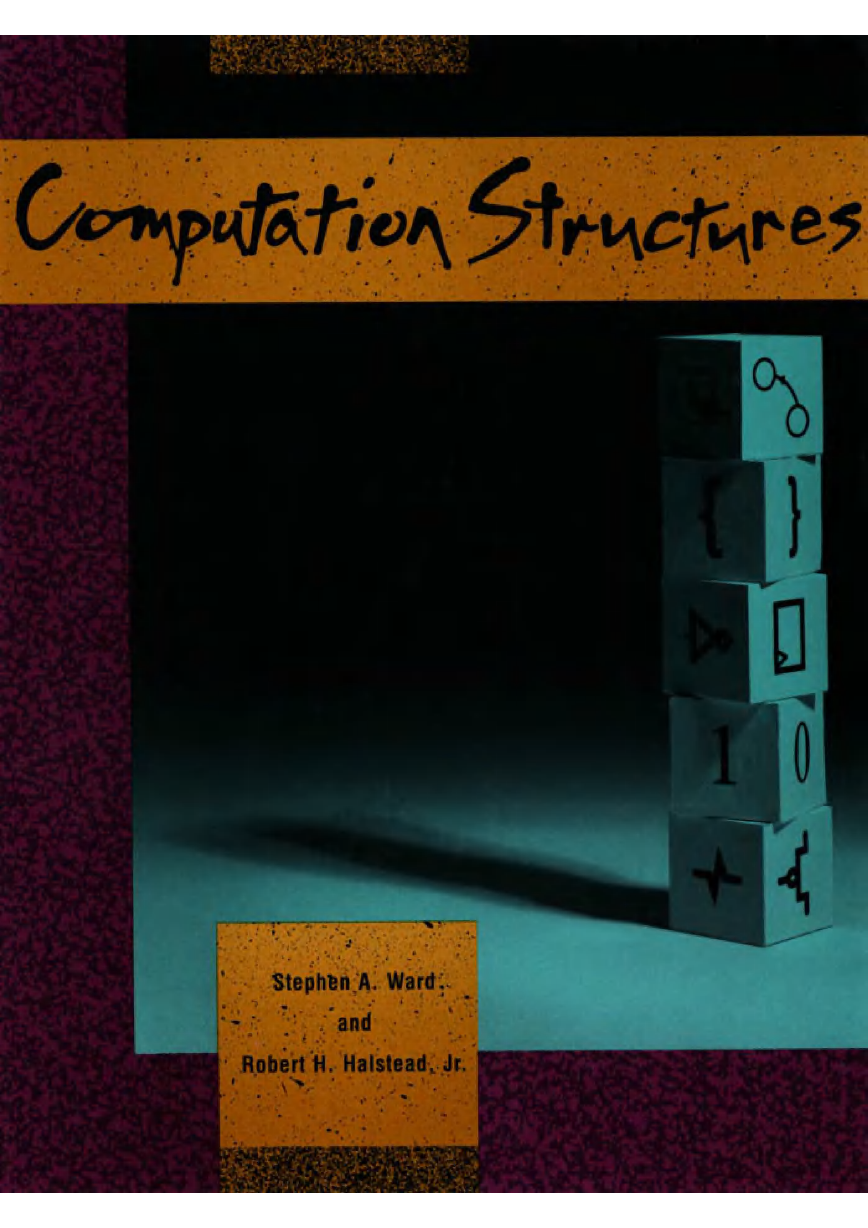
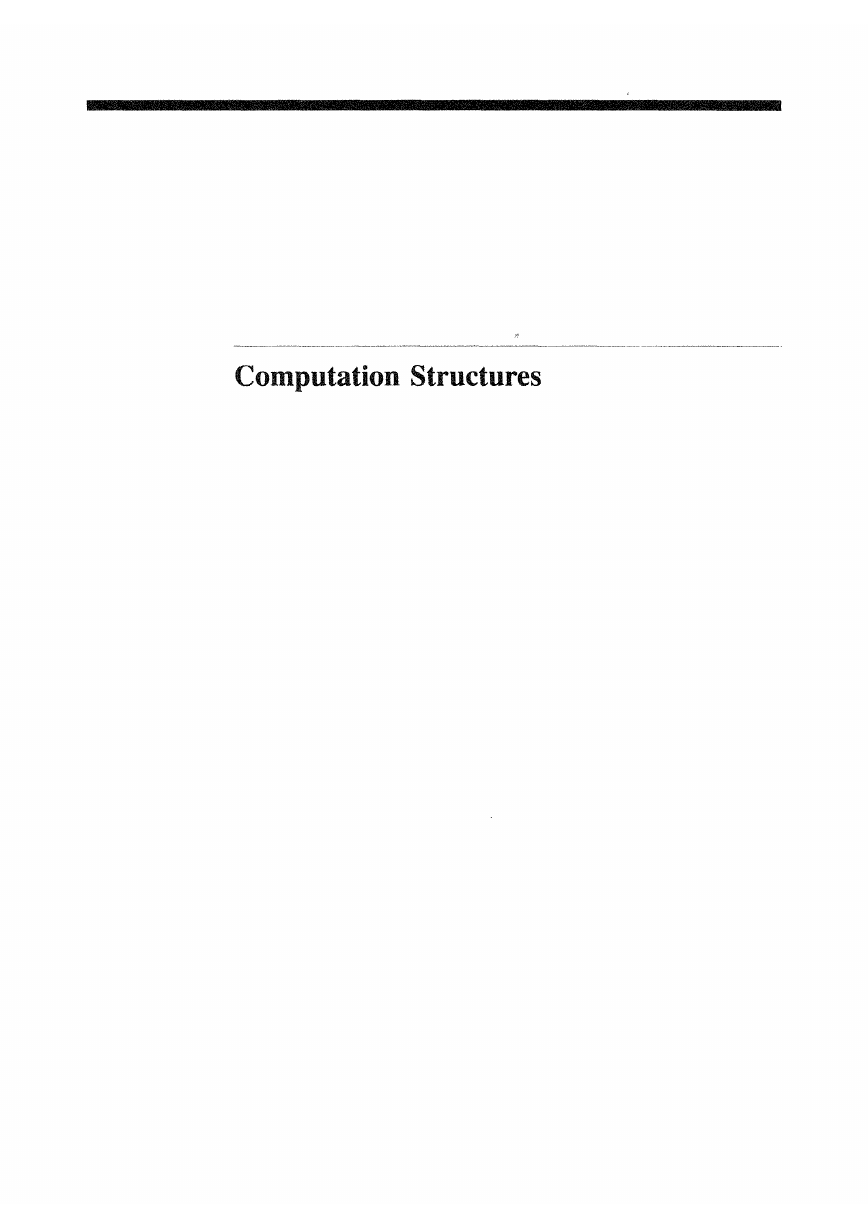
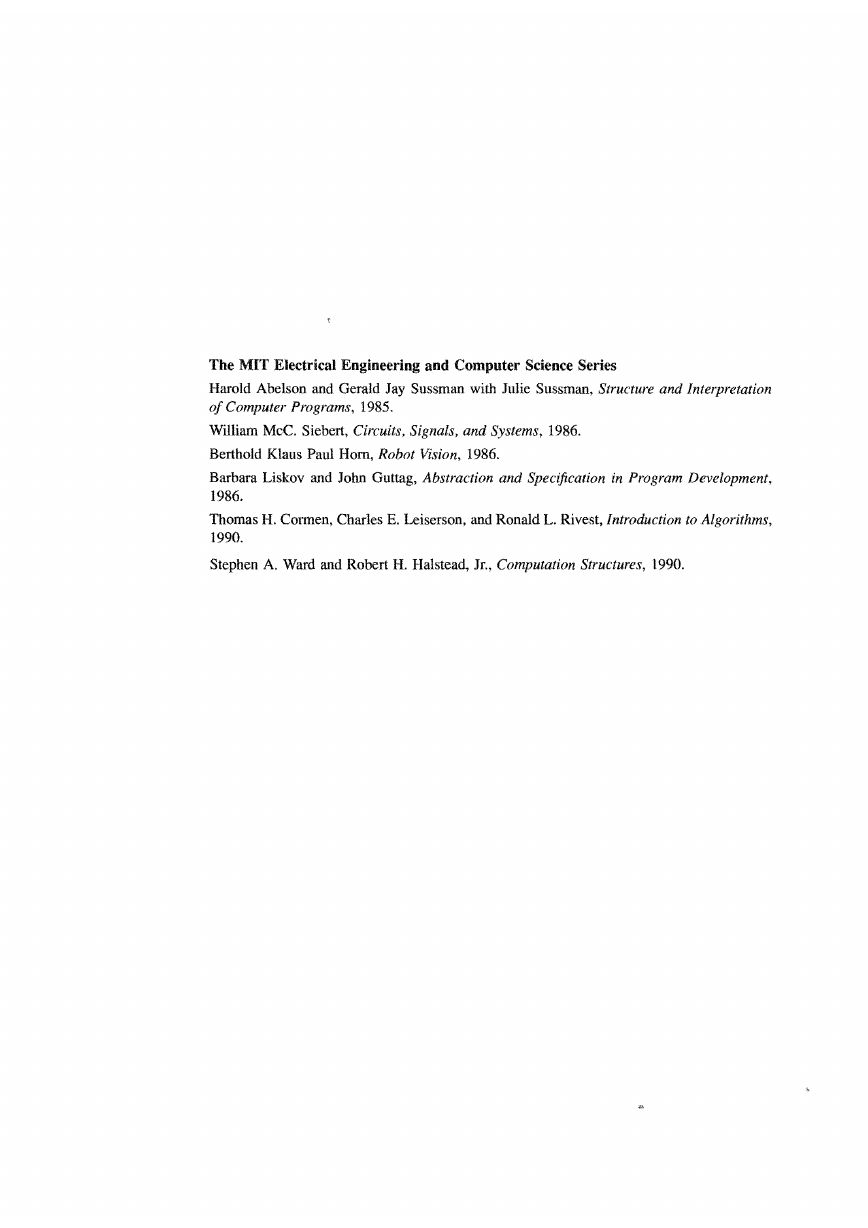
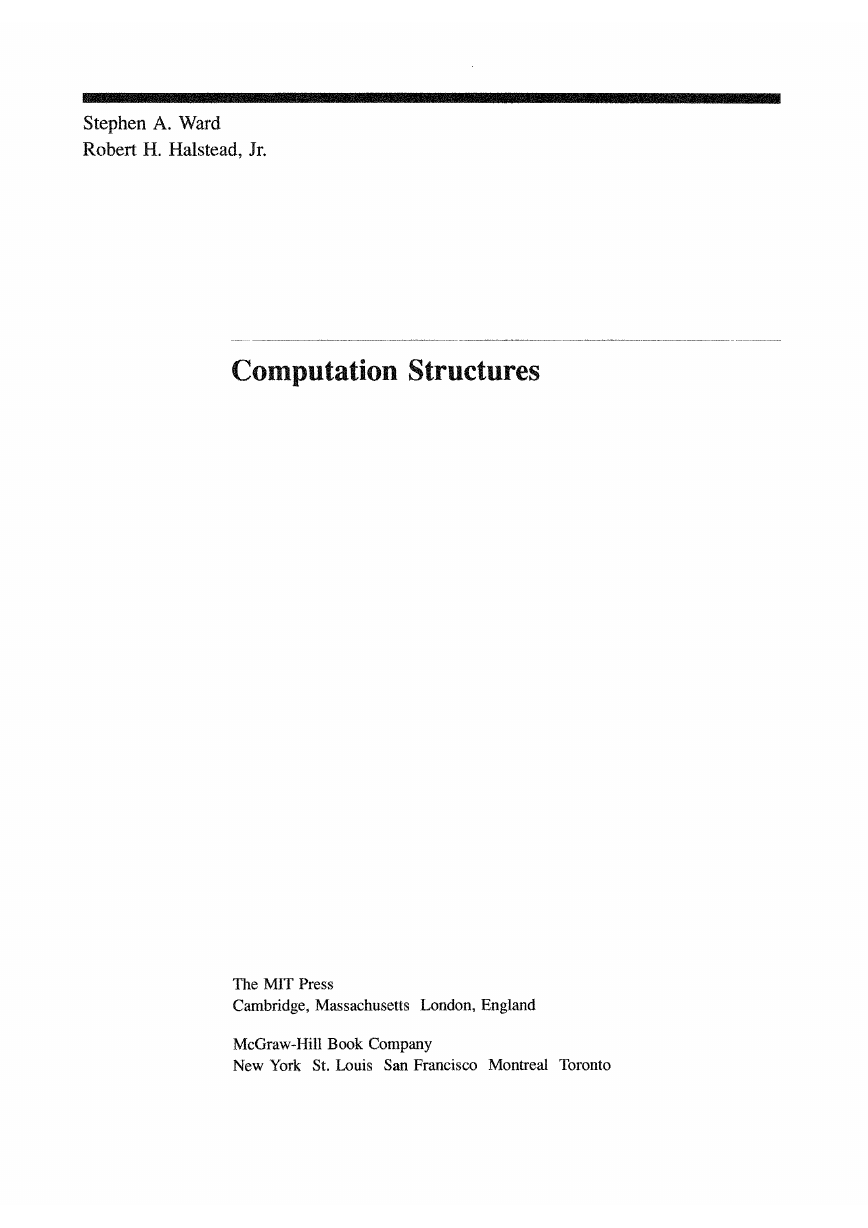
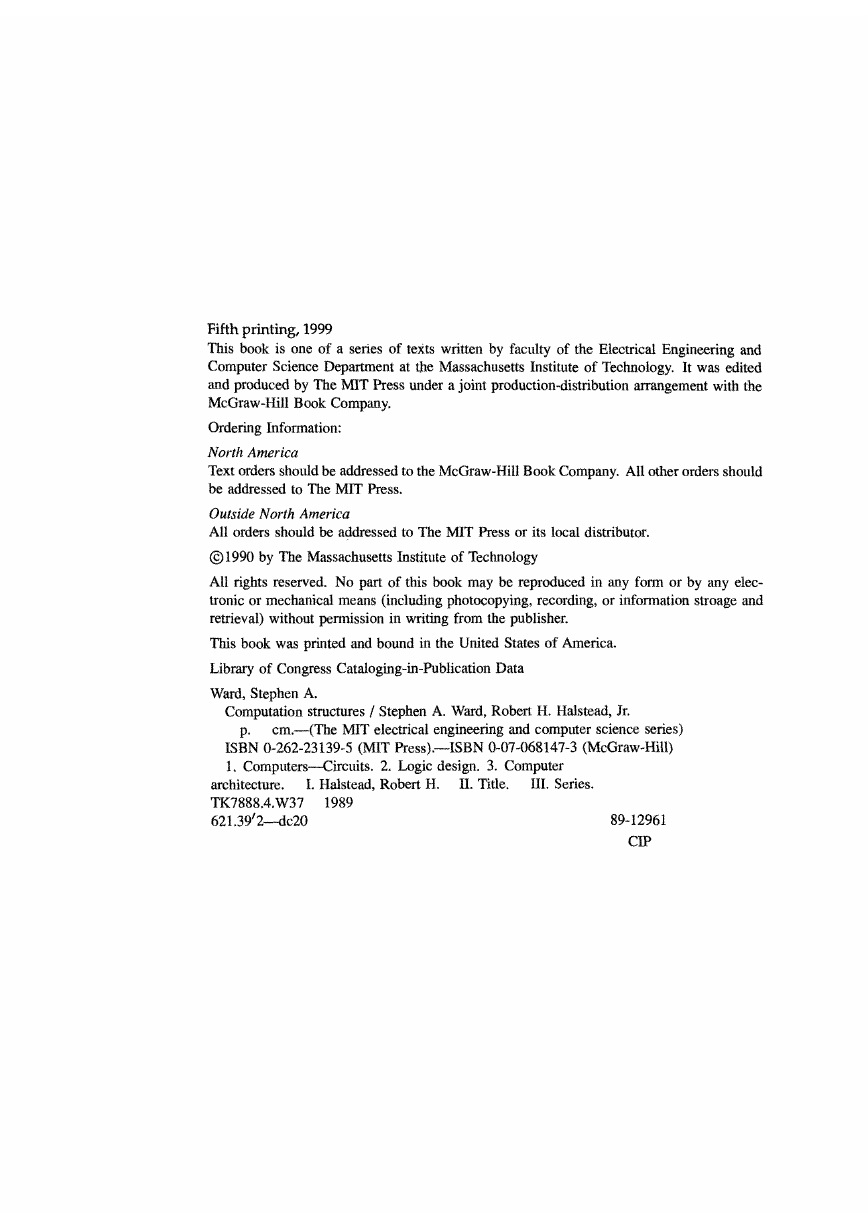
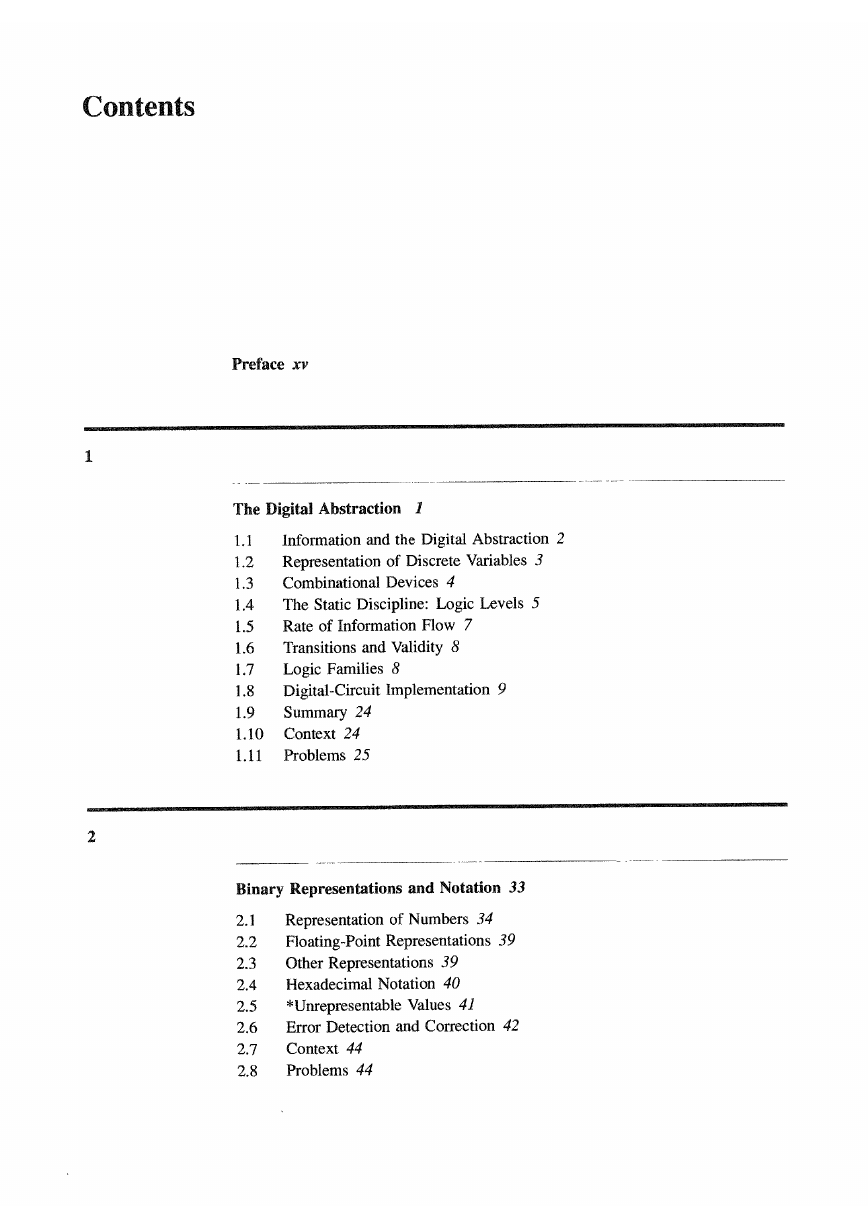
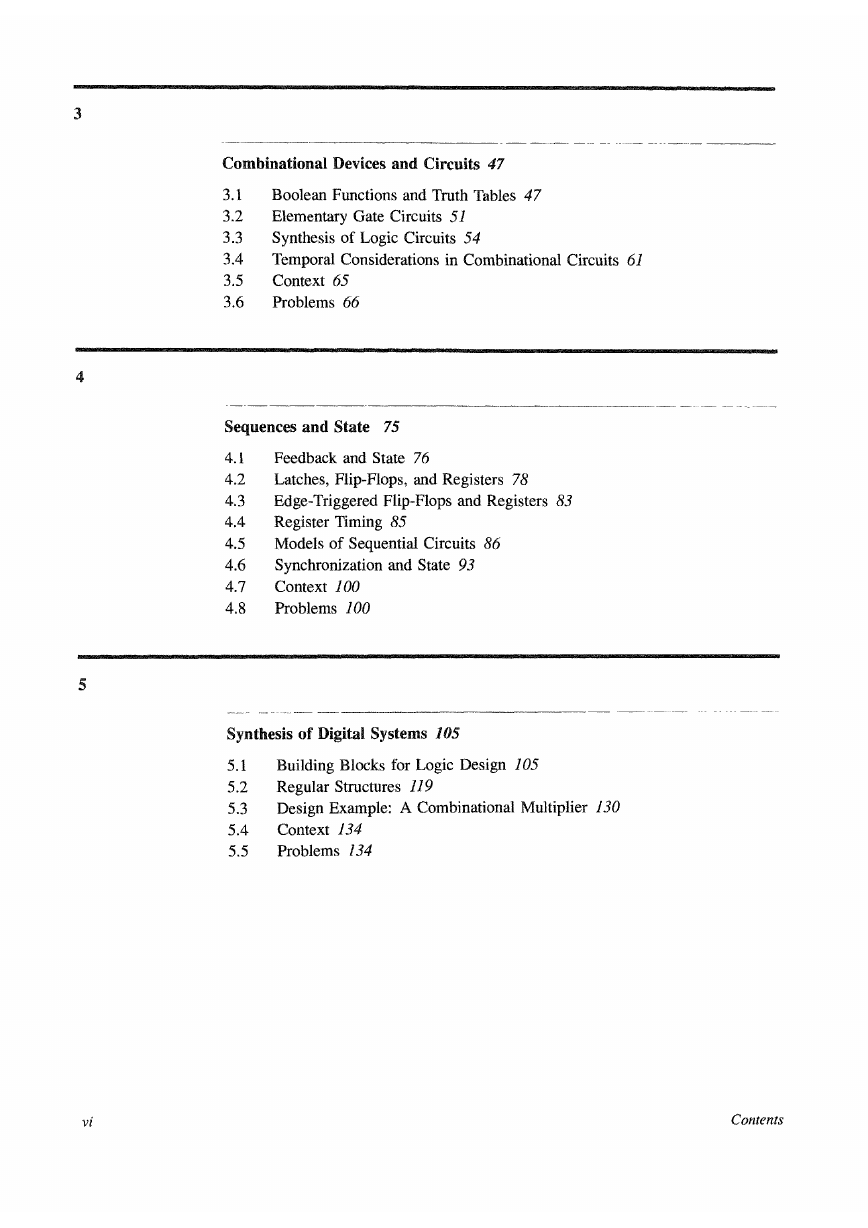
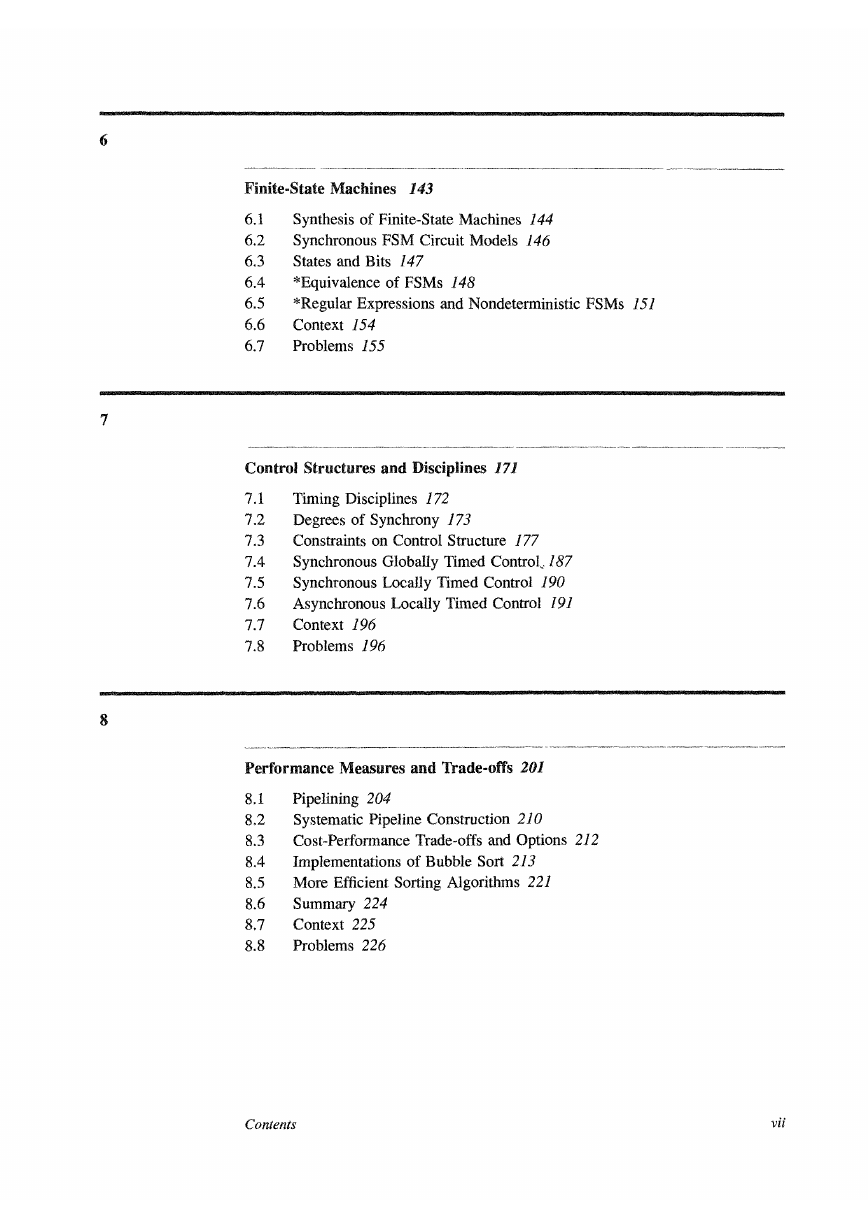








 2023年江西萍乡中考道德与法治真题及答案.doc
2023年江西萍乡中考道德与法治真题及答案.doc 2012年重庆南川中考生物真题及答案.doc
2012年重庆南川中考生物真题及答案.doc 2013年江西师范大学地理学综合及文艺理论基础考研真题.doc
2013年江西师范大学地理学综合及文艺理论基础考研真题.doc 2020年四川甘孜小升初语文真题及答案I卷.doc
2020年四川甘孜小升初语文真题及答案I卷.doc 2020年注册岩土工程师专业基础考试真题及答案.doc
2020年注册岩土工程师专业基础考试真题及答案.doc 2023-2024学年福建省厦门市九年级上学期数学月考试题及答案.doc
2023-2024学年福建省厦门市九年级上学期数学月考试题及答案.doc 2021-2022学年辽宁省沈阳市大东区九年级上学期语文期末试题及答案.doc
2021-2022学年辽宁省沈阳市大东区九年级上学期语文期末试题及答案.doc 2022-2023学年北京东城区初三第一学期物理期末试卷及答案.doc
2022-2023学年北京东城区初三第一学期物理期末试卷及答案.doc 2018上半年江西教师资格初中地理学科知识与教学能力真题及答案.doc
2018上半年江西教师资格初中地理学科知识与教学能力真题及答案.doc 2012年河北国家公务员申论考试真题及答案-省级.doc
2012年河北国家公务员申论考试真题及答案-省级.doc 2020-2021学年江苏省扬州市江都区邵樊片九年级上学期数学第一次质量检测试题及答案.doc
2020-2021学年江苏省扬州市江都区邵樊片九年级上学期数学第一次质量检测试题及答案.doc 2022下半年黑龙江教师资格证中学综合素质真题及答案.doc
2022下半年黑龙江教师资格证中学综合素质真题及答案.doc